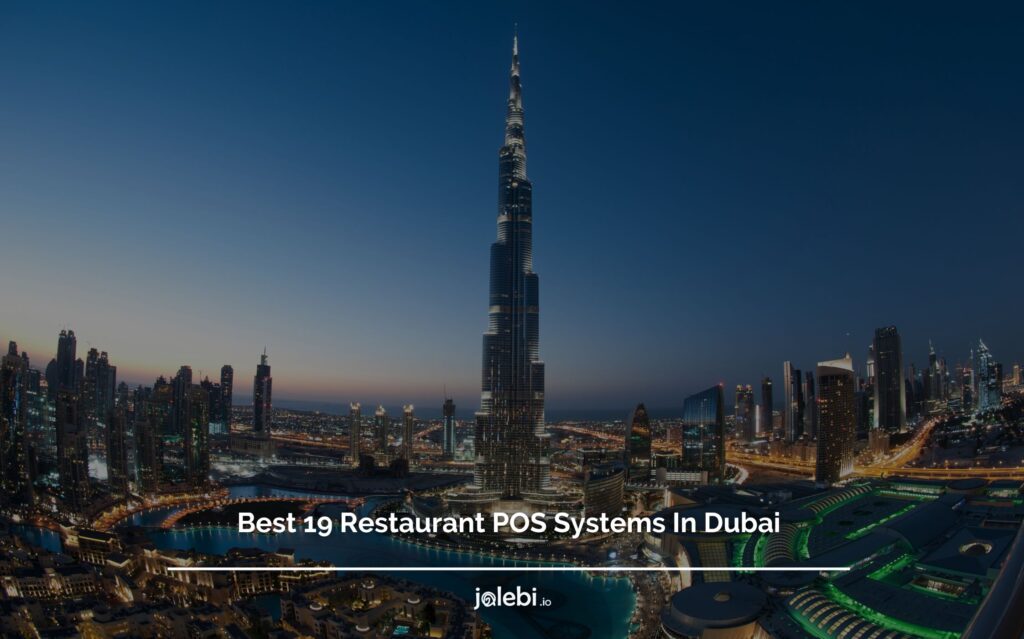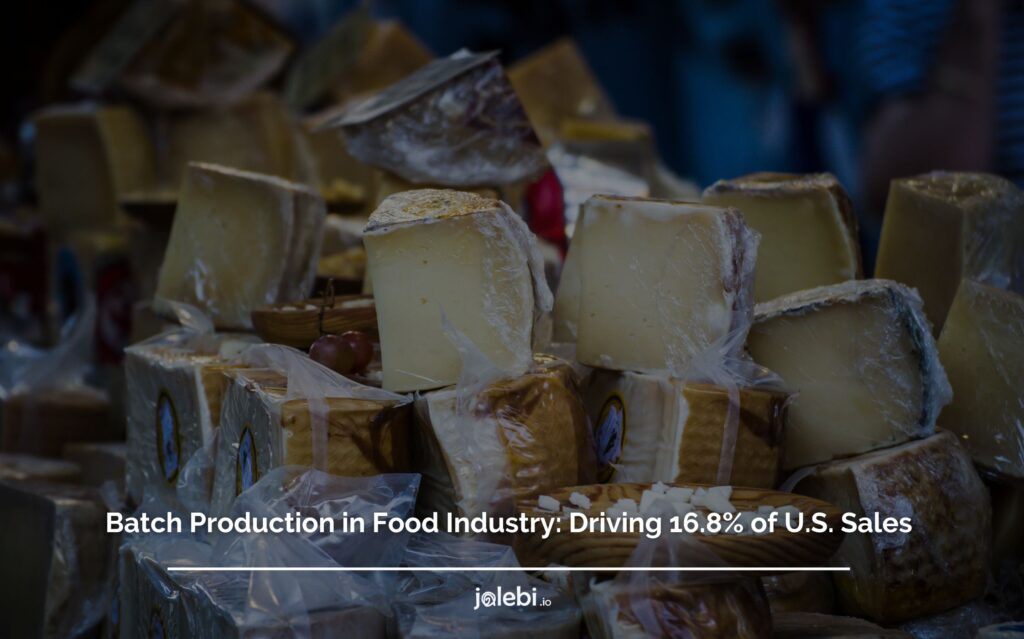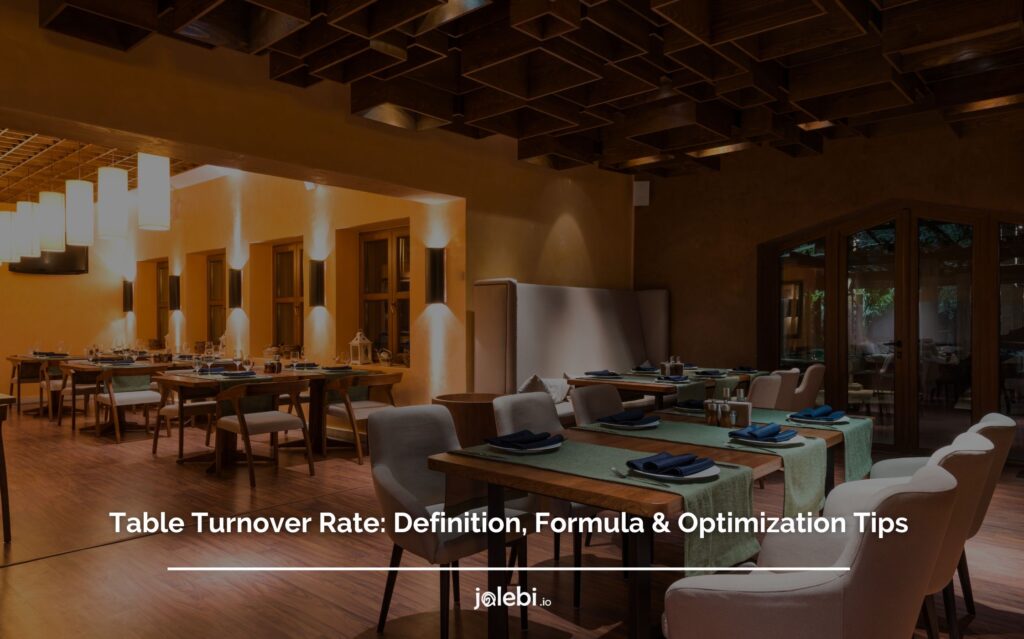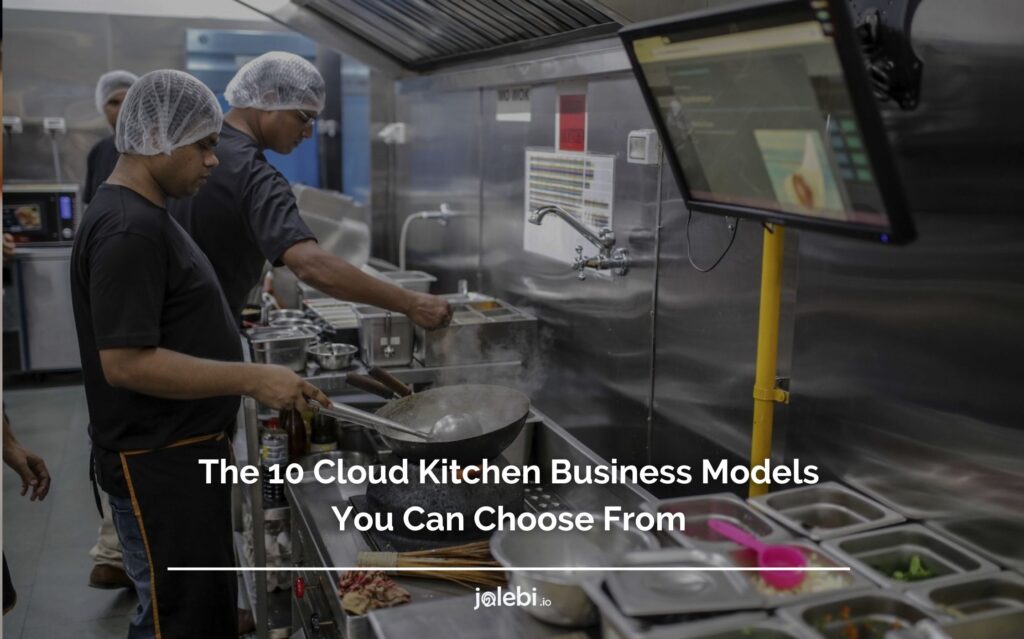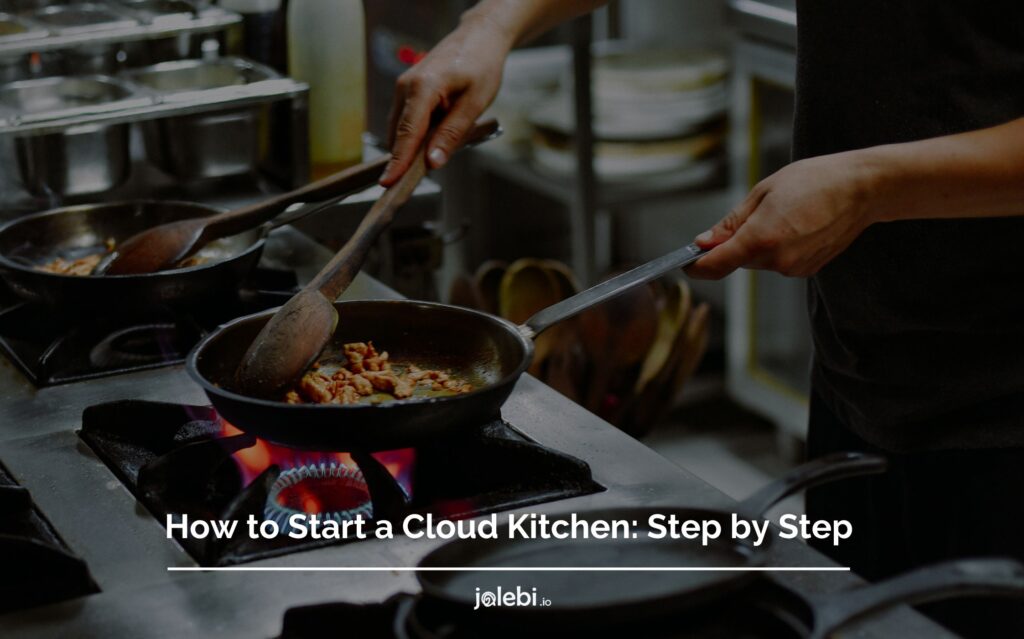Running a restaurant is a balancing act, especially when it comes to food preparation. How do restaurants know how much food to prepare?
Imagine the frustration of running out of a popular dish just when customers are craving it or having to throw away perfectly good ingredients because they weren’t used in time.
So, how do they walk this tightrope?
In this article, we’ll explore the fascinating strategies and tools that modern restaurants use to predict demand, streamline their operations, and keep their kitchens humming efficiently.
From traditional methods to cutting-edge technology, discover the secrets behind the scenes that ensure you get your favorite meal just the way you like it, every time.
How Do Restaurants Know How Much Food to Prepare?
1- Historical Sales Data
Historical sales data plays a crucial role in how restaurants determine their food preparation needs. By reviewing past sales records, restaurants can spot patterns and trends in customer preferences and behavior.
For instance, if a restaurant notices that certain dishes are popular on weekends or during special events, they can adjust their food preparation accordingly to meet demand.
This data helps restaurants avoid over-preparing or under-preparing ingredients, reducing waste and ensuring that they have enough of the most popular items.
2- Seasonal Trends
Seasonal trends are a key factor in determining how much food to prepare. Restaurants adjust their menu and quantities based on changes in weather, holidays, and special occasions.
For example, a restaurant might prepare more hearty, warming dishes in the winter and lighter, refreshing options in the summer. Additionally, holidays and local events can significantly impact customer traffic and menu preferences.
By aligning their food preparation with these seasonal patterns, restaurants can better meet customer demands and optimize their inventory throughout the year.
3- Inventory Management Systems
Inventory management systems like jalebi are essential tools that help restaurants keep track of their ingredient usage and forecast their needs.
These systems monitor current stock levels, track usage rates, and alert staff when it’s time to reorder supplies. By integrating these systems with sales data and reservation information, restaurants can make more accurate predictions about how much food to prepare.
This not only helps in maintaining optimal inventory levels but also minimizes waste and ensures that the kitchen is always stocked with the right ingredients.
4- Forecasting Tools
Forecasting tools use advanced algorithms and data analysis to predict future food needs based on a variety of factors. These tools take into account historical sales data, seasonal trends, local events, and even weather patterns to provide accurate forecasts.
By leveraging these insights, restaurants can anticipate changes in customer demand and adjust their food preparation accordingly.
This proactive approach helps in managing inventory more effectively and reduces the likelihood of running out of popular items or overstocking less desired ingredients.
5- Supplier Recommendations
Supplier recommendations can significantly impact how restaurants plan their food preparation.
Suppliers often have valuable insights into market trends, seasonal ingredient availability, and optimal order quantities.
By consulting with suppliers, restaurants can receive advice on how much of each ingredient to order and when to place their orders.
This collaboration ensures that restaurants have access to fresh, high-quality ingredients while also helping them manage their inventory more efficiently.

